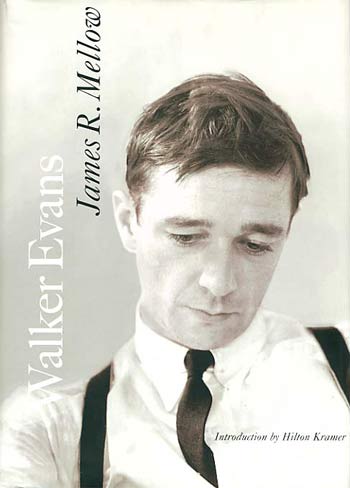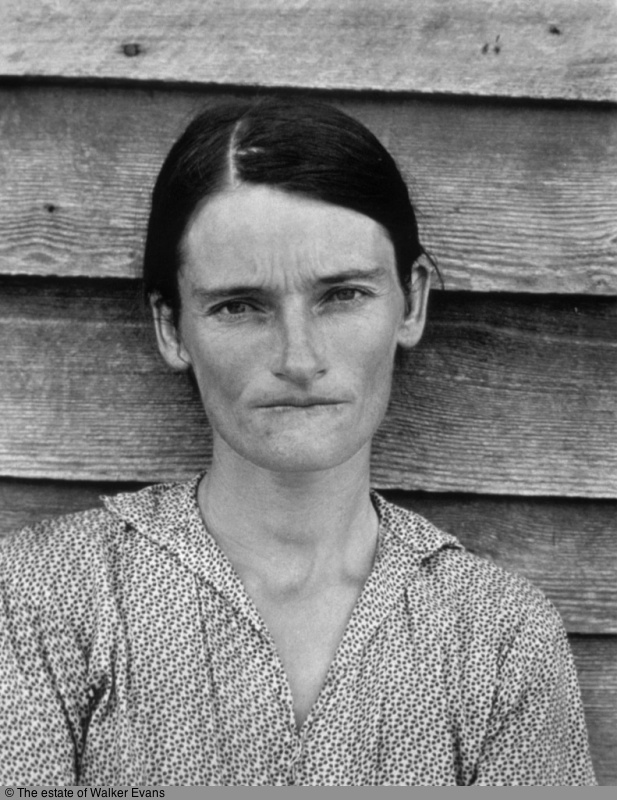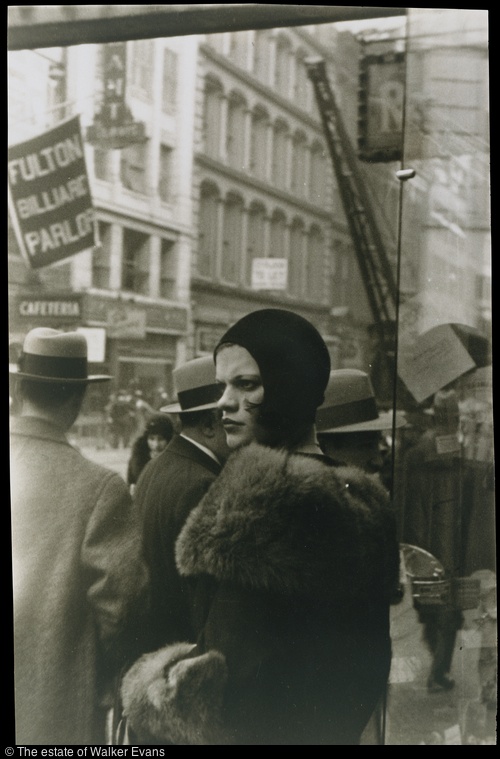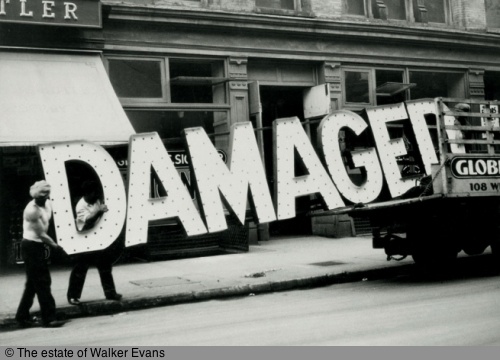Book review

It’s hard to know what to make of Walker Evans’s photography.
On the one hand he is justly famous for his depression era photographs of American sharecroppers and the misery of their existence, photographic work commissioned by the Roosevelt administration.
On the other hand, much of his work can be dismissed as a twentieth century variation on Atget’s nineteenth century pictures of a seemingly deserted Paris.
In Atget’s case, the lack of people can be attributed to the slow films of the era, where a passer by would render a ghostly image, if he recorded one at all. By contrast, for Evans the stillness of the cities he photographed is solely due to careful planning and composition. And frankly, the architectural photographs are, for the most part, unexceptional and boring, despite having been set up with infinite attention to lighting and timing.
To make matters more difficult, this book comes from the ‘sell it by the pound’ philosophy of American biography, one of the saddest developments in modern writing. Weighing in at some six hundred and fifty pages, it closes in 1956 with the death of the author, James Mellow, who died in 1997. Evans died in 1975 aged 72, leaving the last eighteen years of his life sketched by Mellow in a few paragraphs. So even allowing for the fact that those years were not amongst the most productive in Evans’s life, they would have conceivably added another 200 pages to an already ominously thick tome
These were some of the thoughts going through my head as I approached the daunting task of reading about one of America’s most respected photographers. It has to be said, then, that this biography is really quite gripping. Mellow writes beautiful, idiosyncratic English and displays a genuine love for his subject. His exhaustive research never makes the text lugubrious or boring. Best of all, the many reproductions of Evans’s work are interspersed with the text, thus placing them in context with the writing. It is well worth trading some loss in reproduced quality for this optimal presentation of the work.
Evans was a curious mixture. Well versed in literature and painting, he more or less stumbled on photography. Maybe his most telling comment about his contemporaries was to the effect that he denigrated the obsession with technique shared by Ansel Adams, Edward Weston and Paul Strand “….none of whom I admireâ€, while admitting that technique interested him more than it did Cartier-Bresson “….though I admire his work very much.†A telling statement when you consider that Evans’s second exhibition at the Julien Levy Gallery in New York in 1934 was with Manuel Alvarez Bravo and….Henri Cartier-Bresson. So one can read an element of envy into the comment on technique, and it brings one in a roundabout fashion to the realization that his best work by far was very much in the style of Cartier-Bresson.

Sharecropper’s wife.
Memorable photography is just that. Memorable. One remembers the pictures without having to look at them and those of Evans’s pictures I recall are all from the great street and subway images he took in the late-1920s and throughout the 1930s. The aggressive girl snapped on Fulton Street in 1929, the incongruously fur-attired black woman on 42nd Street in the same year and those incredible subway pictures taken in the late 1930s. Amazingly, Evans had challenged himself to take the subway pictures but then had to be pushed by mightily impressed friends to complete the project. He was nothing if not self-effacing. This seems very much a character trait – he was no self starter and needed the prodding of colleagues and business associates time and again to get on with the job. A self-starter would have left a broader body of work albeit maybe one of lower quality.

Girl on Fulton Street.
So Evans’s work can be enjoyed on many levels, from straight reportage and historical documentary to some of the finest street photography of his time. No prizes for guessing which impresses as great photography, though. Don’t be put off by the weightiness of this tome. It is an excellent study of a great photographer.

Damaged.